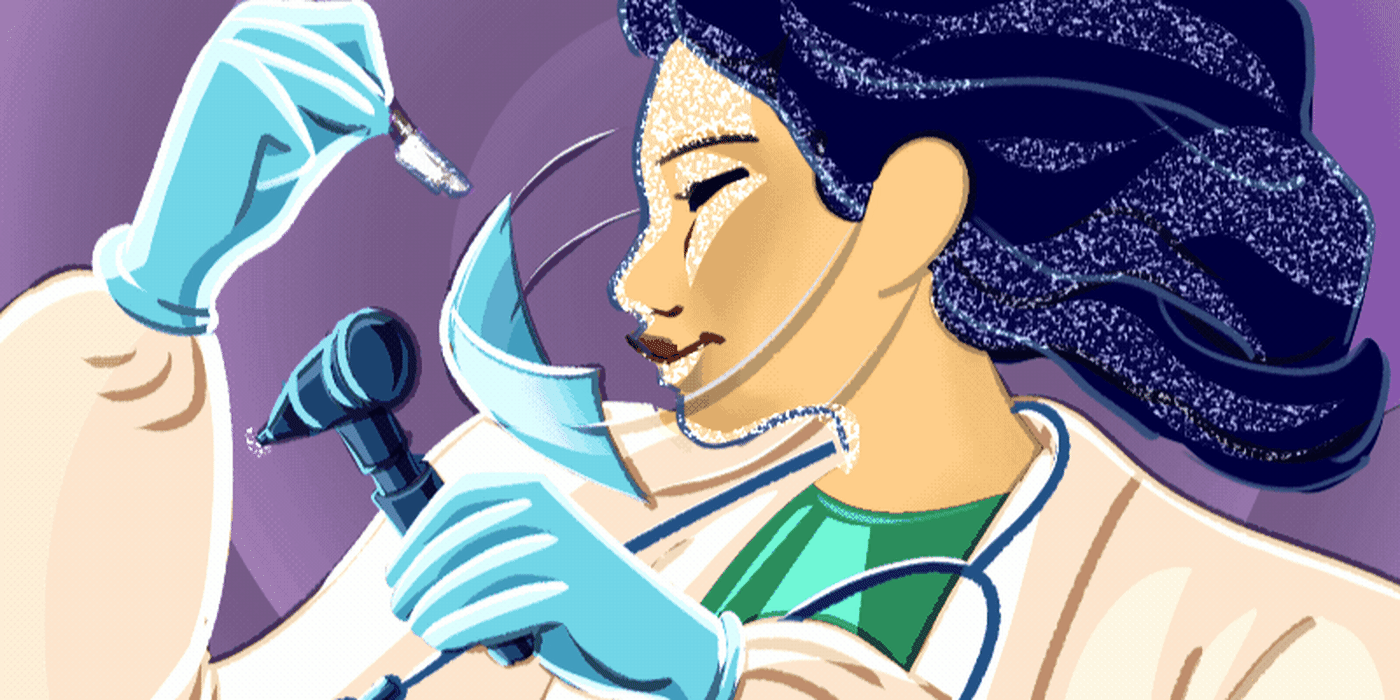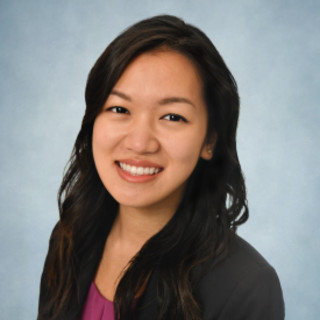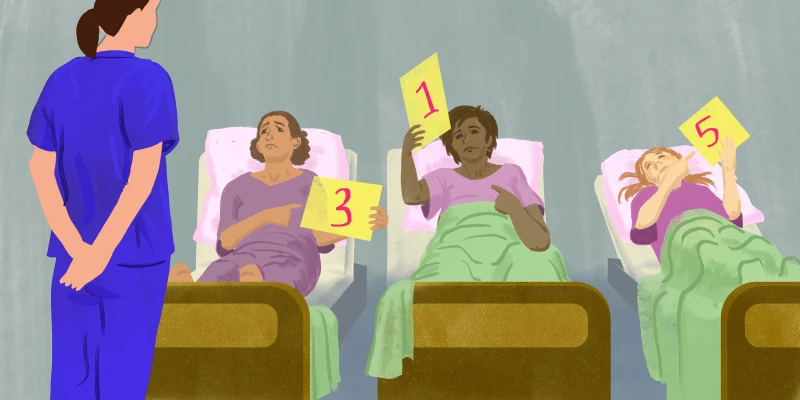When I was told I had to have jaw surgery after years of gnawing pain and severe malocclusion, I sought out the most experienced oral and maxillofacial surgeon in my area. He was a senior physician and had been in practice for over 30 years. He had an adept mastery of craniomaxillofacial reconstruction. I remember sitting in his office for countless preoperative sessions, during which he used dental radiographs and meticulous measurements of facial landmarks to plan my operation. The entire procedure, as well as the postoperative collaboration with my orthodontist, was a well-rehearsed and choreographed dance, and one of the earliest experiences that attracted me to surgery. After all, it felt that this physician’s ability to carefully estimate and approximate, to create an aesthetic and functional result, was precisely the challenge I was seeking in a future career.
The field of orthognathic surgery has advanced with the help of computer-aided design/manufacturing software. Virtual surgical planning (VSP) utilizes patient-specific imaging of the facial skeleton to provide a unique surgical strategy based on individual differences in anatomy. Now, surgeons collaborate with biomedical engineers to develop cutting guides and templates, which assist with accurate fixation during operations. VSP has many advantages, including increased dental relationship accuracy, greater patient satisfaction, and decreased operative time in the orthognathic population.
Further, VSP also translates to head and neck reconstruction, which often has the additional challenge of repairs of complex and extensive defects. Studies have demonstrated numerous qualitative benefits of VSP for oncologic use, though quantifiable benefits and cost-benefit analyses are still limited. Yet, as a patient who received jaw surgery without the cutting-edge advantage of VSP, I was initially awestruck by the mere existence of such technology. It seemed like a perfect and almost fail-proof approach to reapproximating ideal anatomic proportions and dimensions. So, naturally, when I heard that one of our patients was undergoing a fibula free flap reconstruction for a right total maxillectomy, I was eager to assist with the case.
One wall of the OR was covered with color-coded schematics outlining the extent of the resection and proposed fibula reconstruction. A neatly printed, translucent model of the patient’s skull was perched beside a mountain of drills and screws, all perfectly shrouded by sterile blue towels. I already knew the patient’s case: Erin was a 30-year-old female with no significant medical history, aside from the identified poorly differentiated carcinoma of her right maxillary sinus.
As I stood in the OR, I observed that everything was immaculately prepped for the patient’s surgery — and yet, I was truly unprepared for what happened when she entered the room. The mood immediately shifted from an air of routine surgical hustle and bustle to thick emotional discomfort. She refused to move to the operating table and was understandingly distressed over the gravity of her situation. She told me she wasn’t focusing on recovery so much as she was preoccupied with whether she would be able to see her children graduate. For me, at that moment, all the statistics, details, and results regarding the technology that I had been so intrigued by evaporated, and I focused on connecting with Erin as a person. We played her favorite artist, Ella Mai, and she drifted off to sleep.
When she woke up after the surgery, Erin was groggy, confused, and apprehensive about the outcome. We assured her that everything had gone according to plan: we had been able to successfully resect the gross tumor without needing to place a tracheostomy, preserving her ability to speak. Over the course of the next few days, as Erin progressively grew stronger, I was fortunate enough to have several conversations with her before rotating off service. I was particularly struck by her resilience in the face of adversity and her positive outlook despite the long journey of recovery she faced ahead.
Erin trigged a personal reflection on my experiences, on my own craniomaxillofacial reconstruction. I realized that though I had been reassured by the meticulous and technical proficiency of my surgeon, it was his willingness to set aside time to thoroughly address my concerns that stood out. As a student, and member of Erin’s care team, I had initially been looking forward to observing the application of VSP and its ability to combine surgical precision with optimal aesthetic results. But it was not the prospect of an excellent outcome associated with that technology that comforted Erin in the OR — it was the personal connection that she felt with her surgical team.
As an aspiring surgeon, I want to emulate this type of relationship with my future patients — integrating innovative technology but not without considering the essentials of patient care. Health care innovation is going to become increasingly attractive as a mechanism to improve patient outcomes, but the art of patient care should remain an anchor when considering treatment options and management. It can be tempting to prioritize technological advances without fully factoring in the mental, emotional, and psychosocial facets of patient care. The basics of active listening, empathy, and understanding should, and will, continue to play an important role in the patient-physician relationship. This, I believe, represents the full and finest intersection of art with medicine.
All names and identifying information have been modified to protect patient privacy.
Originally from Chicago, Beatrice is currently a fourth-year medical student at the University of Pennsylvania Perelman School of Medicine interested in applying into otolaryngology. As an avid painter and artist, she is interested in the intersection of art and medicine, particularly within the context of improving surgical care and patient education. Outside of medicine, she enjoys cooking, drawing, powerlifting, and trying new restaurants in Philly. Beatrice is a 2020–2021 Doximity Op-Med Fellow.
Illustration/GIF by April Brust







